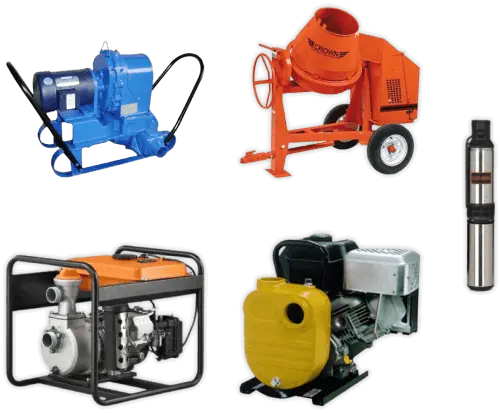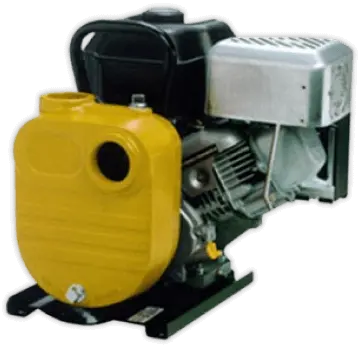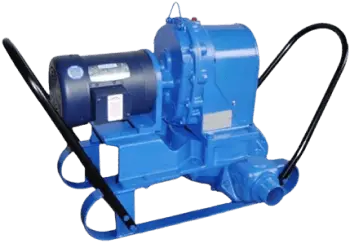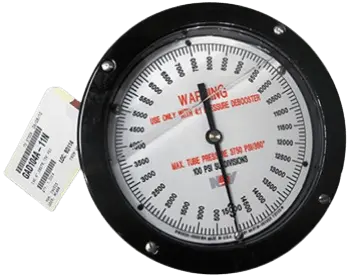To determine if the problem lies with the thermostat or the water pump in a residential or commercial setting, you can observe various signs and conduct specific tests. Here’s a helpful guide to assist you in identifying the issue;
Signs of a Faulty Thermostat
Engine Overheating – When the engine is overheating, it could indicate that the thermostat is stuck closed, hindering coolant flow through the engine and radiator.
Inconsistent Temperature Gauge – Fluctuations in the temperature gauge might signal a defective thermostat. If the gauge displays irregular readings or suddenly drops, it suggests potential issues with the thermostat’s operation.
Coolant Leakage- A leaking thermostat housing may point towards a problem with the thermostat, particularly if coolant accumulates in that area.
Lack of Heat from Heater – If cold air blows from the heater when the engine is warm, it could imply that the thermostat is stuck closed, preventing heated coolant from reaching the heater core.
Signs of a Faulty Water Pump
Engine Overheating – Similar to a faulty thermostat, an ineffective water pump can lead to engine overheating due to inadequate coolant circulation. However, this usually comes with other accompanying signals.
Coolant Leakage – A leaking water pump often results in coolant dripping from its weep hole located at its base.
It seems like the pump might need to be replaced if you notice any of these signs.
Unusual Sounds – If you hear grinding or whining noises coming from the pump area, it could mean that the bearings are failing or there are internal issues with the water pump.
Air Bubbles in the Radiator – Seeing air bubbles in the radiator while the engine is running might suggest that the water pump isn’t circulating coolant properly.
Steps for Diagnosis;
1. Check Coolant Flow – When the engine is warmed up and running, look for movement in the radiator. If there’s no movement after reaching operating temperature, it could indicate a closed thermostat or a malfunctioning water pump.
2. Temperature Check – Use an infrared thermometer to compare temperatures before and after the thermostat. If there’s a significant difference, it may mean that the thermostat isn’t opening correctly.
3. Visual Examination – Inspect the water pump for leaks, especially at the weephole. If the coolant is leaking, it’s likely time to replace the water pump.
4. Listen for Unusual Noises – Pay attention to any strange sounds coming from around the water pump area as grinding or rattling noises could signal a failing pump.
In summary, by paying attention to the symptoms and following these diagnostic procedures, you can more effectively pinpoint whether the problem lies with the thermostat or the water pump. If you remain unsure, seeking assistance from a skilled mechanic for a comprehensive assessment is recommended, as they have the necessary knowledge and equipment to correctly diagnose the issue.










